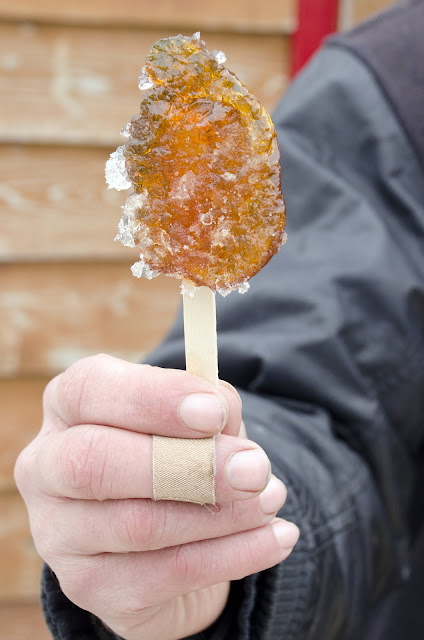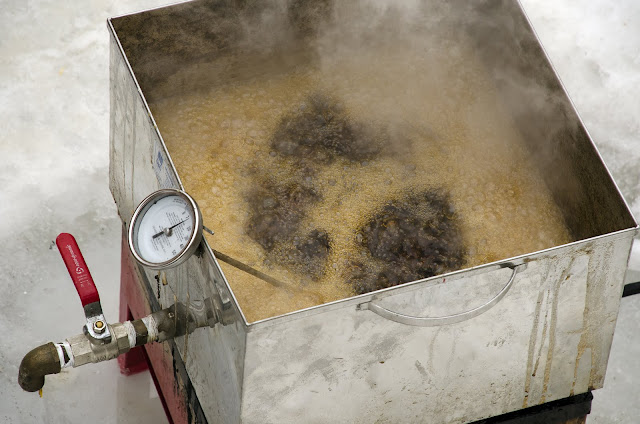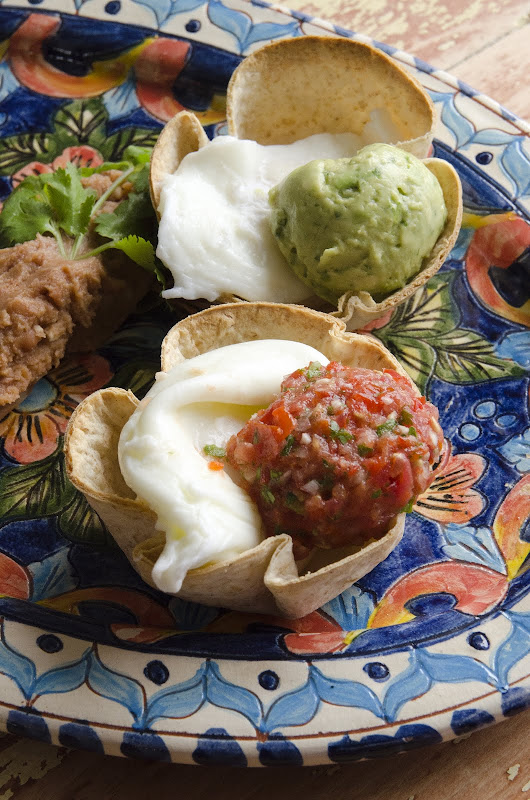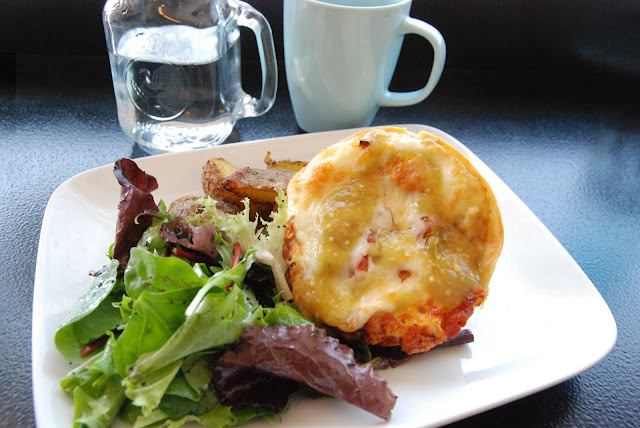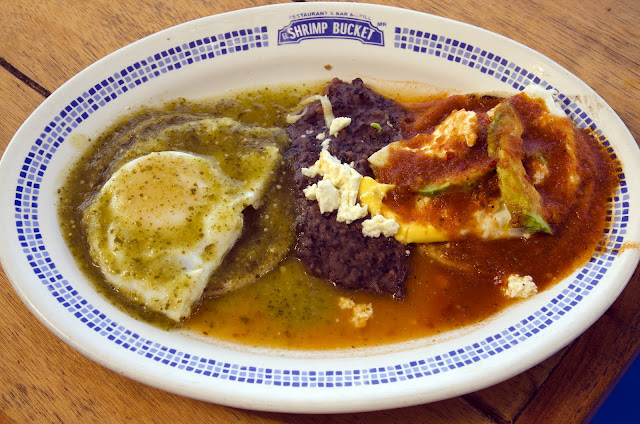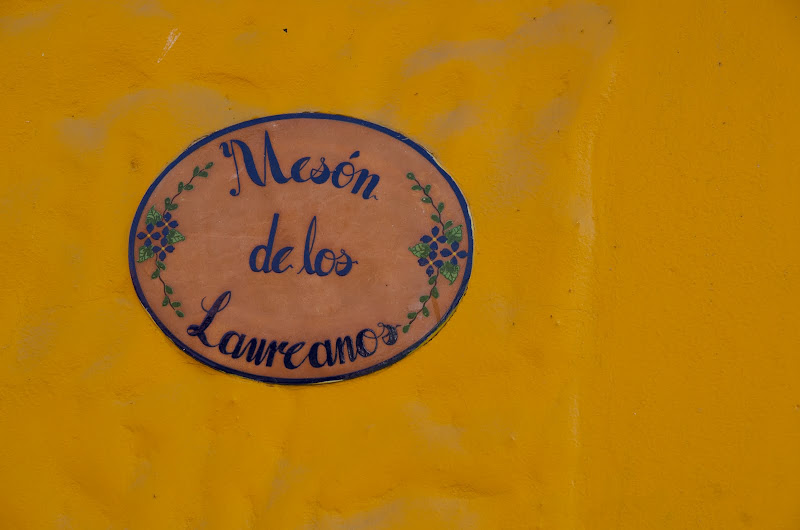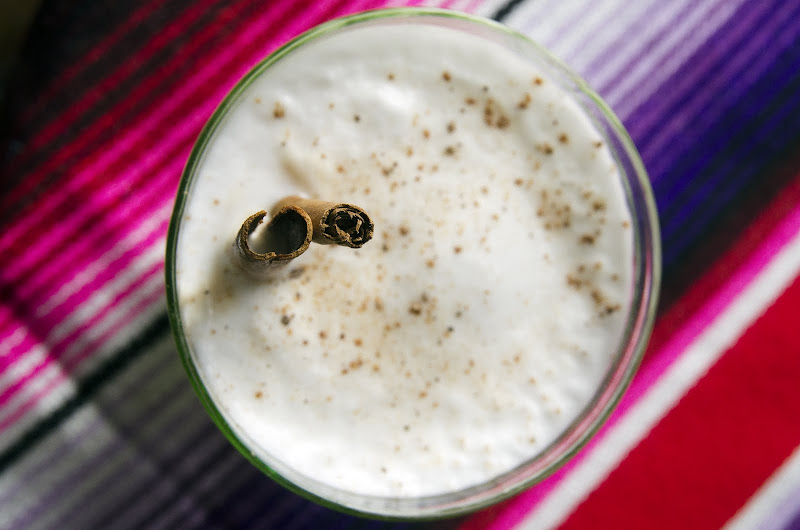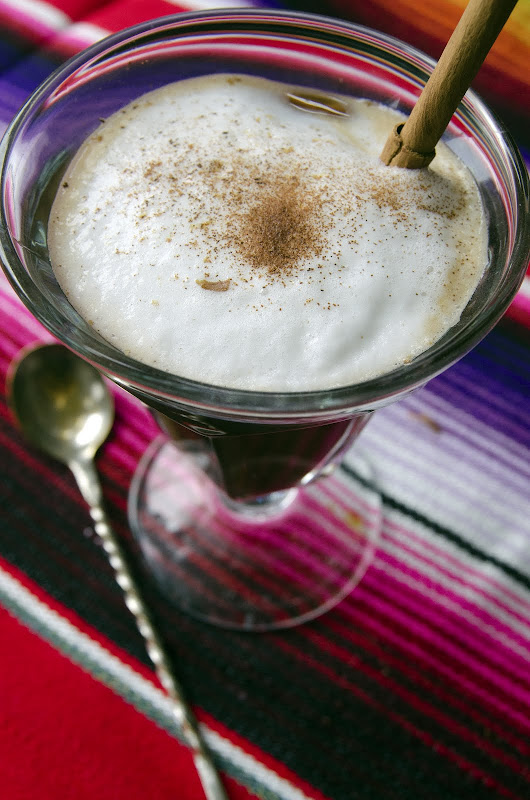It’s been a while since I've posted. I’ve missed sharing my thoughts and food experiences, and life is all about sharing moments: the highs, the lows and everything in-between.
I recently met a character. Someone who shares honestly and openly, and his integrity and authenticity inspired me. What is authenticity or being authentic? To strive to be genuine, real, true, sincere. These are all qualities I look for in others and try to use as a compass for myself. I fail, and I watch others make mistakes too. The arrow on the compass isn’t always locked in the right direction. But I know I’m heading the right way.
Thanks to another authentic individual I met a few years ago, I’ve been able to do some traveling to a few warm climates this past winter. In November, I was in Jamaica on assignment with Taste & Travel Magazine. A new taste for me was sorrel. Sorrel comes from a shrub with small pink flowers. Jamaicans take the flower petals of the sorrel to make drinks and condiments. It is from the species of the Hibiscus, and not the sorrel of the garden herb variety that I know. At Hotel Mockingbird Hill, we sipped this sorrel cocktail while viewing the lush hills and ocean below. It was one of many memorable moments.
[The 2014 Summer issue of Taste & Travel Magazine will include my article about Jamaica.]
I recently met a character. Someone who shares honestly and openly, and his integrity and authenticity inspired me. What is authenticity or being authentic? To strive to be genuine, real, true, sincere. These are all qualities I look for in others and try to use as a compass for myself. I fail, and I watch others make mistakes too. The arrow on the compass isn’t always locked in the right direction. But I know I’m heading the right way.
Thanks to another authentic individual I met a few years ago, I’ve been able to do some traveling to a few warm climates this past winter. In November, I was in Jamaica on assignment with Taste & Travel Magazine. A new taste for me was sorrel. Sorrel comes from a shrub with small pink flowers. Jamaicans take the flower petals of the sorrel to make drinks and condiments. It is from the species of the Hibiscus, and not the sorrel of the garden herb variety that I know. At Hotel Mockingbird Hill, we sipped this sorrel cocktail while viewing the lush hills and ocean below. It was one of many memorable moments.
[The 2014 Summer issue of Taste & Travel Magazine will include my article about Jamaica.]
Sorrel Petals
Jamaican Sorrel Cocktail
1 lb sorrel, thoroughly washed
2-4 oz ginger root, grated
8-12 pimento (allspice) berries
8 cups water
Sugar syrup, to taste*
Sparkling wine or rum (optional)
Ice
1. Combine sorrel, ginger and pimento berries.
2. Boil water and pour over sorrel. Allow to stand 4-6
hours. Strain.
3. Sweeten to taste with sugar syrup and serve with sparkling wine or rum and
ice.
*To make sugar syrup, bring 2½ cups water and 1¼ cups sugar
to a boil. Allow to cool.
Note: You can get sorrel from specialty Caribbean markets.
Recipe from Chef Barbara Walker
Hotel Mockingbird Hill
P.O. Box 254, Port Antonio, Jamaica
+1 876 993 7134 or 7267
www.hotelmockingbirdhill.com
P.O. Box 254, Port Antonio, Jamaica
+1 876 993 7134 or 7267
www.hotelmockingbirdhill.com





